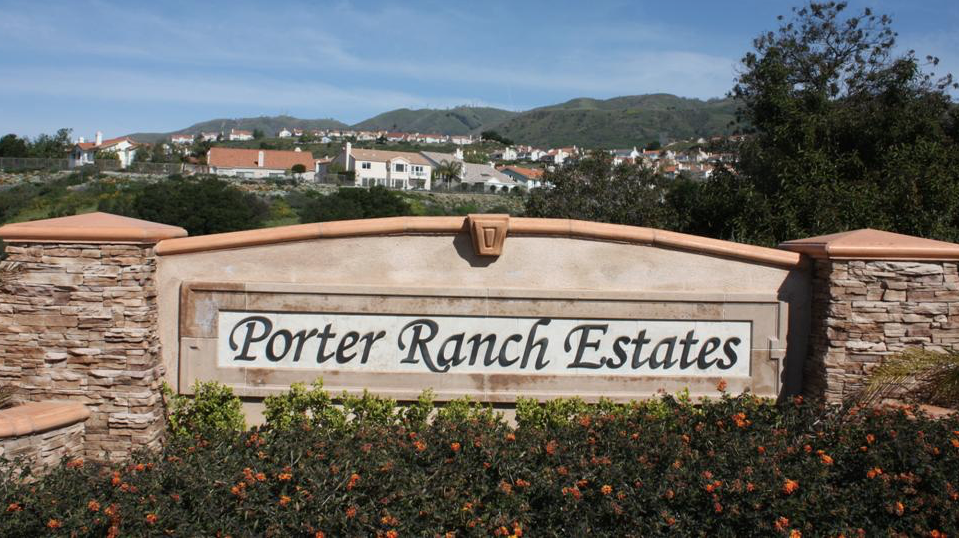CommentsThe Porter Ranch methane gas leak is emerging from an 'out-of-sight, out-of-mind' situation to more common knowledge, with growing governmental, media, and social focus on this continuing manmade disaster. Likened increasingly to a land-based version of BP's Deepwater Horizon, the leak has serious health implications that are leading to 1000s being moved from their homes and looks likely to have, at the end, the equivalent climate impact equivalent of over 10 years of an average coal-fired plant.* This is both a massive and slow-motion disaster: slow-motion in that capping the leak is a difficult and time-consuming engineering challenge with little ability, it seems, to do more than watch the methane leak (with special cameras) and leak and leak for month after month until is finally capped.
There are at least four California Senate bills under consideration that call for moratoriums on new gas injections in this storage area, placing financial responsibility for the disaster on 'the polluters', and other measures. (See the material in Senate Porter Ranch Gas Leak Background and Bill Package 010816.)
An old adage is 'never let a good crisis go to waste'. While wondering what 'good' really means, there is no question that this situation merits 'crisis' status and one question to ask, therefore, is "what can be done to help in the long term based on learning from and within the political focus on this crisis?" Within this package of proposals, there seems to be a gap that merits filling that will help in identifying and tackling future methane leaks more rapidly, efficiently, and effectively.
In short, it is well past time to institute more extensive, continuous (okay, frequent/iterative), public mapping of methane leaks along with the requirement to and resources for rapidly addressing leaks. With something along those lines, California (and the California Air Resources Board (CARB)) could become leading-edge in the nation as to this underemphasized pollution issue and help drive forward the Administration's methane leakage efforts.
Methane leakage is far from only a problem at fracking sites or at major storage sites -- but leakage is a problem through the entire cycle from drilling to end user. Many (including this author) were stunned seeing the work of researchers who mapped methane leaks in Boston and Washington, DC. As one discussion began,
Residents of Washington, DC are used to jokes about metaphorical hot air, humidity, and the swampy history of their city. But there's something they may not know about the District: it's overrun with methane, which sometimes makes manhole covers explode.
Natural gas is mostly methane, and it is carried through underground pipes to heat buildings and cook food. Those pipes are often old, and this led ecologist and chemical engineer Robert Jackson of Duke University to drive around DC over a period of two months, regularly measuring the air to take methane levels.
He and his research team found methane leaks everywhere, with thousands of places having significantly higher than normal methane concentrations, and some places reaching 50 times normal urban levels (100 ppm vs 2 ppm). A similar study in Boston last year found essentially the same results. In DC, the source wasn't the swamp on which the city was built -- it was fossil fuel.
Those leaks -- all those yellow spikes -- help show the thruthiness lie of 'natural gas has half the emissions when burned' because, well, coal doesn't disappear in the atmosphere between the mine and burning. That 'natural gas' doesn't look so great in total emissions profile if we take well to flame leakage rates seriously. If leakage rates are high enough, natural gas (methane) could actually be worse than coal because methane has roughly 80 times the climate impact of natural gas over 20 years.
Consider all those yellow spikes. Because costing money, they create risks: risks of explosions, risks to health of those breathing the molecules, and risks through worsened climate change impacts. All those spikes merit erasing ... but can't be dealt with if they remain out of sight (and thus out of mind).
A robust mapping effort would not have to be expensive and could have significant benefits. Very simply, California could move to put monitoring devices on public vehicles (school buses, police cars, busses). It wouldn't be perfect coverage but would provide rather robust and frequent monitoring. Of course, the systems wouldn't have to be limited to only methane. Note that this has already been done. Three Google mapping cars were equipped with Aclima monitors to provide air quality data in a test in the Denver area:
Three Street View cars took measurements of nitrogen dioxide, nitric oxide, ozone, carbon monoxide, carbon dioxide, methane, black carbon, particulate matter, and Volatile Organic Compounds (VOCs) -- air pollutants which can affect human health or climate change. ...
(And, Google just did something similar around this methane leak.)
Imagine constantly updated, publicly available information about the air quality of your community. Writ large, from VOCs to CO2 to other pollutants, the pollutants all around us are out-of-sight, out-of-mind. Data enables decision-making and action. Visibility fosters support for that action.
California shouldn't let the Porter Ranch crisis go to waste. There should be round-the-clock efforts to reduce and end the leak as fast as possible. The health and safety risks to individuals and community require continuous monitoring and addressing. There must be measures to address the very real damages that local residents and communities have occurred. Measures are required for reducing risks into the future. And, measures with broader payoff merit implementing. California should take a lesson from Porter Ranch and act so that methane leakage is never again 'out-of-sight, out-of-mind'.
(A. Siegel is an Energy, Environmental Blogger, at getenergysmartnow.com … where this piece was first posted.)
CityWatch
Vol 14 Issue 5
Pub: Jan 18, 2016
Explore
Our mission is to promote and facilitate civic engagement and neighborhood empowerment, and to hold area government and its politicians accountable.

 CityWatch Los Angeles
Politics. Perspective. Participation.
CityWatch Los Angeles
Politics. Perspective. Participation.
19
Sat, Apr















